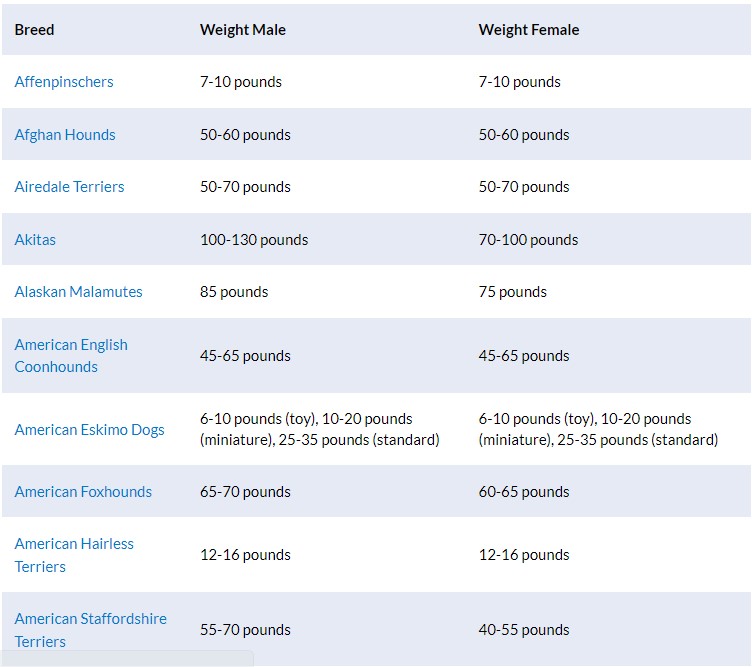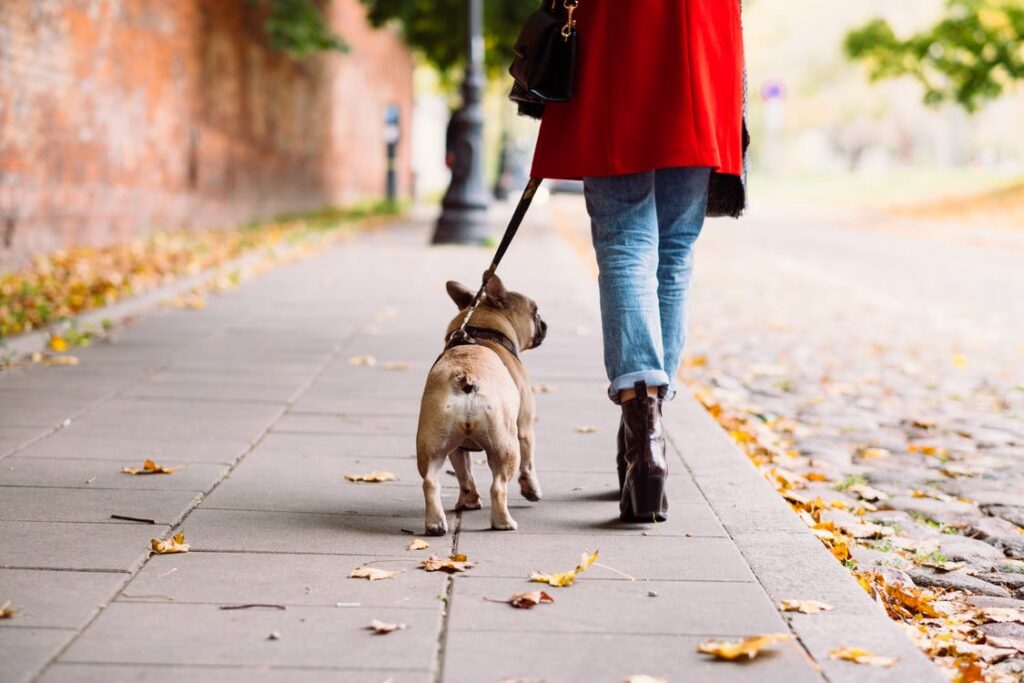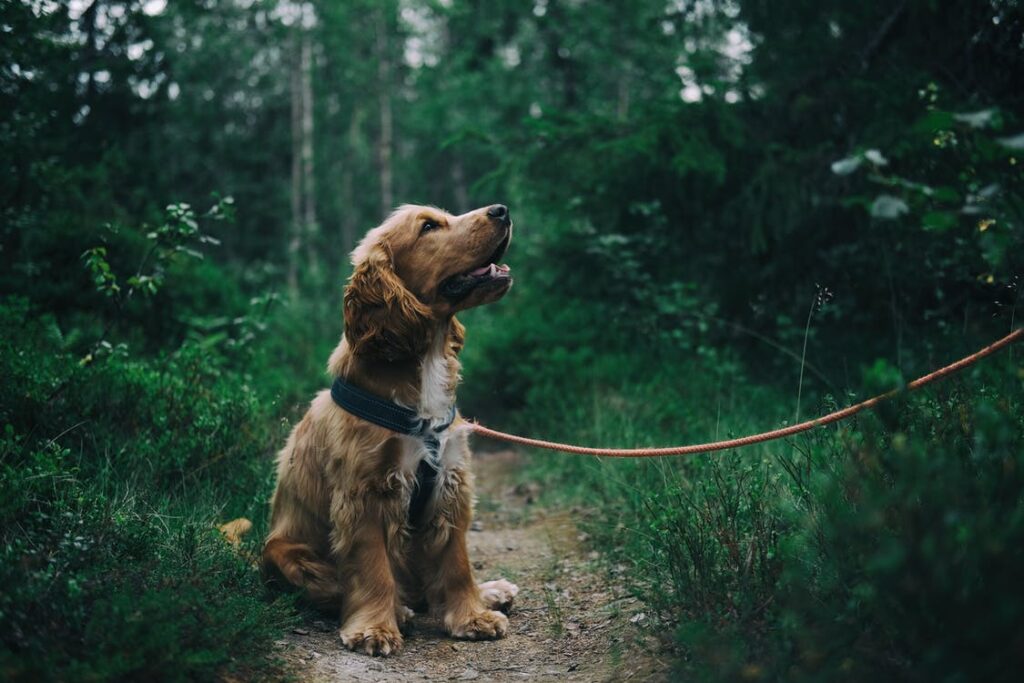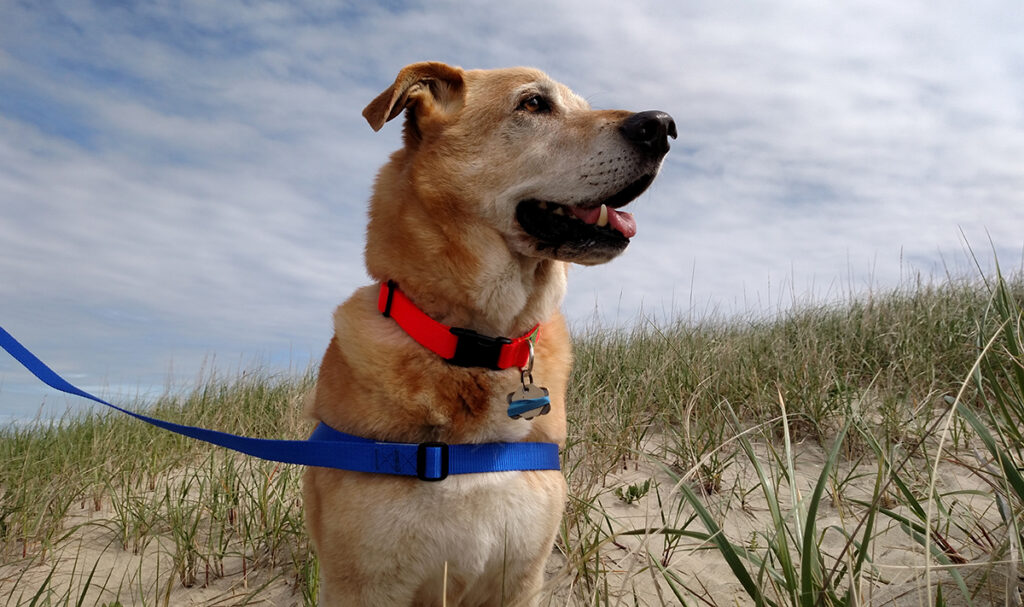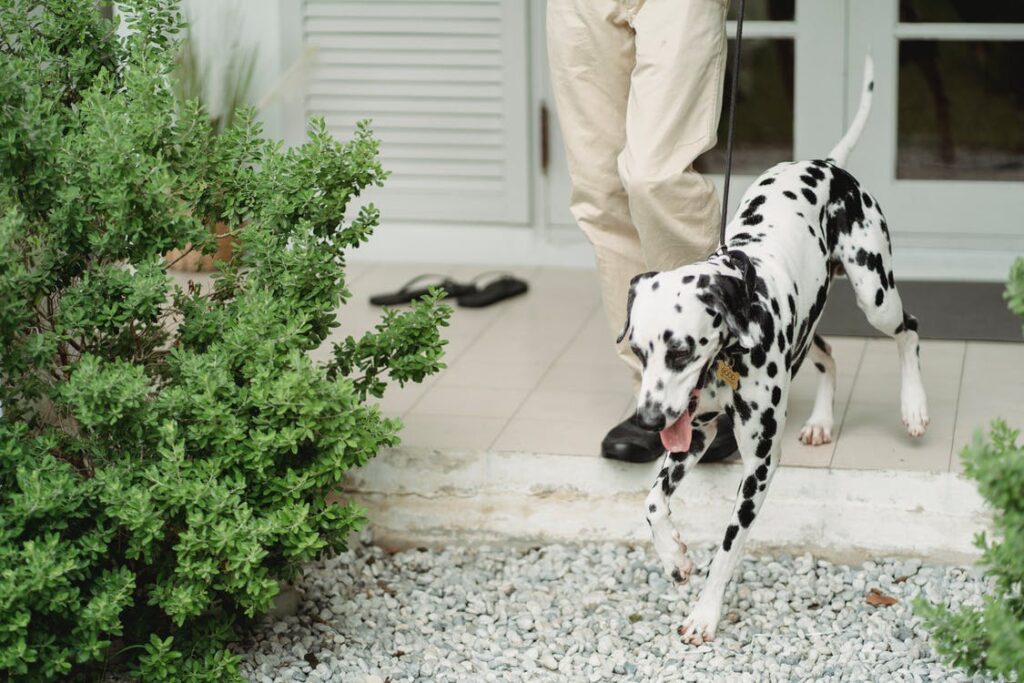Stop Your Dog From Pulling On The Leash: A Guide
Some dogs are just naturally more determined than others, as well as more strong-willed. It’s not so much about dominance as it is about having a dog that just has a lot of energy and needs an outlet for it. Some dogs are also just very curious about everything they see and want to investigate every scent and sound.
Why Do Dogs Pull on The Leash?
Some dogs pull because they’re excited or anxious, especially if they’re meeting new people or new dogs. They may have been taught the “heel” command but haven’t learned how to control their excitement when they see someone they want to meet.
Some dogs pull because they find it fun! Pulling on the leash allows them to run around and play with their human companion. If your dog has never been taught not to pull, then he’ll probably keep doing it until he figures out that there are consequences for his actions – like being corrected by you or losing access to his favorite walks or treats.
Some dogs pull because they want their human companion’s attention (or maybe because they’re bored). If you’re constantly pulling back on the leash when your dog pulls forward, this can be interpreted by him as playtime – which is what encourages him to pull.
1.Be Consistent with Your Walking Method and Stick with It
One way to stop your dog from pulling on the leash is to pick one walking method and stick with it.
For example, if you usually walk your dog using a front-clip harness, try using a front-clip harness for a few weeks to see if it makes a difference. If not, then consider trying another method.
When you first start training your dog not to pull on the leash, it’s important to be consistent in how you go about it. This means that every time you go for a walk with your dog, you should use the same technique and follow through on any training sessions consistently.
2. Get A Place With Less Distraction
This can be done by taking your dog to a park or other open space that has few people or other dogs around. You can even take them to a remote area where there are no other people or animals nearby.
As long as there are no distractions around, he’ll learn more quickly and be more focused on you and his training.
If you have multiple dogs, try taking them separately and working with them one at a time. This will allow you to focus on each dog individually instead of having two or more dogs pulling against each other and causing more problems than one.
3.Don’t Reinforce Bad Behavior – Don’t Yell or Yank at Your Dog
When training your dog from pulling on the leash, it is important to remember that we are trying to change a behavior that has been learned over time. So, as much as possible refrain from yelling or yanking at your dog when you are training your dog from pulling on the leash because this will only solidify the bad habit and make things worse in the long run. It can also make your dog afraid of you, and it will only make the situation worse.
The best way to train your dog to walk on a leash is to use positive reinforcement. For example, if you want your dog to walk by your side, praise him every time he does it correctly and ignore him when he doesn’t. This will help him learn that walking by your side is what you expect and that walking beside you on his own is the right thing to do.
4. Reward Good Behavior
When you give your dog a treat every time he follows your commands, he will understand that it is what he needs to do to get the reward. As long as he knows that there is a reward waiting for him at the end of the walk, he will be more likely to follow your commands. You can even use a clicker or some other noise associated with treats to let him know when it is time for him to do something right. You can also stop using your treatment as a reward once he understands what it takes for him to receive one.
5. Above All, Be Patient
It’s important to be patient when you are training your dog to stop pulling. You must give the dog time to learn the behavior you want him to do. If you try to rush him through it, he’ll get confused and may never learn what you want him to do.
The first thing that patience teaches your dog is that they can trust and rely on you as their leader. If they know that they can trust and rely on you, then they will be less likely to try and pull away from you or ignore your commands when they don’t feel like following them.
Patience also teaches your dog that it doesn’t pay off for them to act out when they’re angry or frustrated because this is exactly what happens when people respond in anger or frustration – someone gets hurt.
If you train your dog patiently and calmly, then they will learn that it pays off for them to listen to what their human wants them to do rather than acting out when their emotions are high. They’ll also learn that there are better ways of dealing with their emotions than acting out against something (like pulling on the leash) because this behavior has consequences (you’re upset with me).
Teach Your Dog to Loose-Leash Walk: A Basic Guide
Before you begin, make sure your dog is wearing a correctly fitting collar (with identifying tags!) and that you’re using a 6-foot fixed length lead, not a retractable leash.
1) Begin taking a step forward with your dog at your side. Your dog should stay near enough to you, either at your side or slightly ahead of you, for his leash to make a U shape from his collar to your hand.
2) Stop walking when your dog reaches the end of his leash and starts pulling. Allowing him to move forward in the direction he’s pulling is not an option.
3) Offer praise and goodies when he stops pulling and the leash returns to its loose U-shape. Then restart walking forward.
4) Repeat as needed until your dog knows that pulling will prevent him from reaching his desired destination.
That’s it! Sounds too simple, doesn’t it?
For some dogs and their owners, just getting to the end of the driveway without stopping could take an entire week. Patience and consistency are essential here – and where many pet owners fail. Remember that dogs will repeat acts that they find pleasant. If you let your dog pull on a walk even once, he’ll keep trying until he realizes it’s never going to be rewarding.
Use No-Pull Harness
The harness works by attaching a leash to the front of the dog’s chest, which helps to redirect their attention away from pulling on the leash. This allows you to have control over your pup without having them pull too hard.
The best no-pull harnesses are designed with padded straps that go around the neck, chest, and stomach of your dog. These harnesses are usually made of nylon or neoprene, which makes them comfortable for your pet to wear. You’ll want to make sure that your dog’s harness has a strong buckle so that it doesn’t come loose while they’re wearing it.
No-pull harnesses are ideal for dogs who are hyperactive or have an aggressive personality when they see other animals or people around them. Dogs who pull on their leashes can also benefit from these types of harnesses as well because they help keep them under control when walking outside in public places like parks or downtown areas where there are lots of people passing by every day.
It should also be adjustable so that you can fit it perfectly even as your pooch grows.
Head Harness for Large Dogs
The use of Head Harness for large dogs is an effective way when you are training your dog to stop from pulling. If you have a large dog that pulls, then you should consider using a harness instead of a collar.
The reason why this is so effective is that it helps to correct their behavior by making them feel uncomfortable. This will make them adjust their behavior and walk better!
One of the benefits of using this product is that it can help control your dog’s behavior. When your pet pulls on the leash, he will be able to reach his destination faster but this is not what you want since pulling can be dangerous for both you and your pet.
To see how it’s done, here’s 5 Quick Tips To Stop Your Dog From Pulling On The Leash



